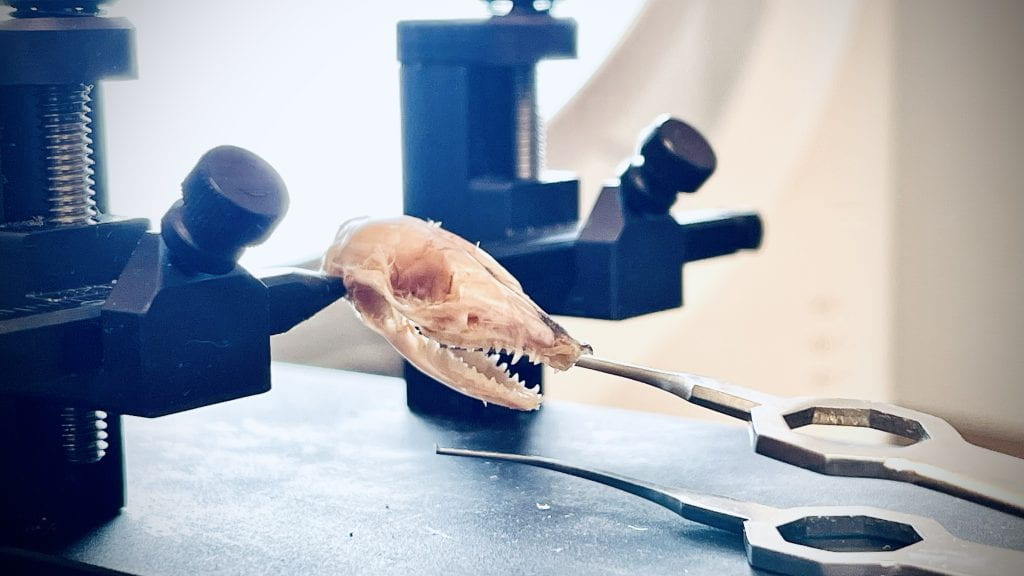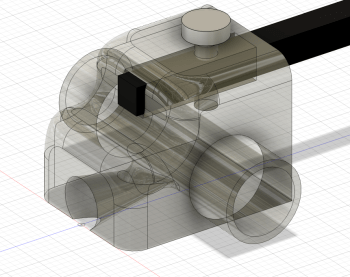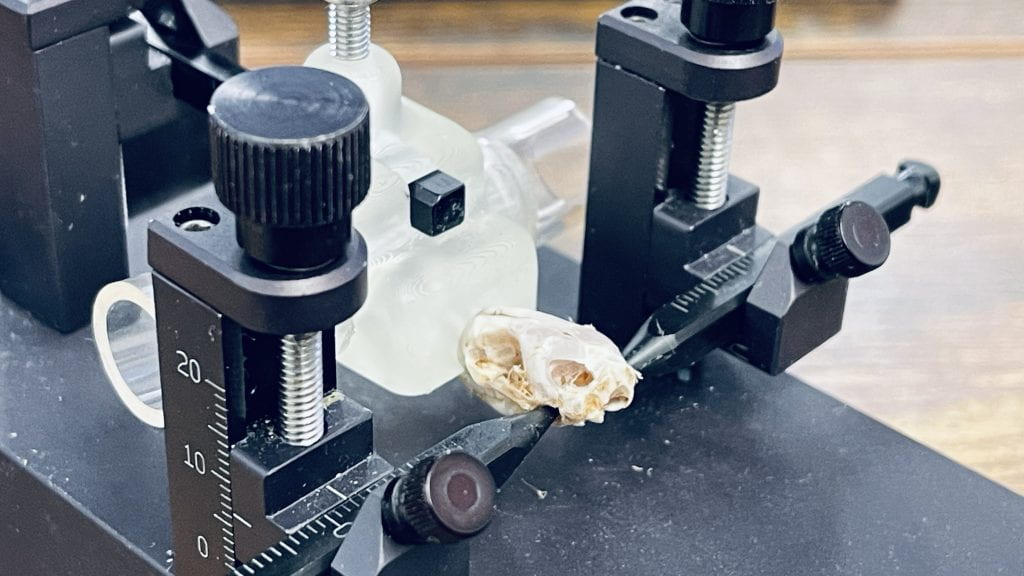Richards Lab utilizes the Australian fat-tailed dunnart (Sminthopsis crassicaudata) as a model for developmental neuroscience for several reasons:
- Accessibility: Unlike eutherian mammals such as rodents and primates, marsupials like dunnarts are born at comparatively earlier stages of development. Most of their brain development occurs postnatally, while they are attached to their mother’s teat, allowing for continuous and non-invasive experimental access.
- Similarities to human brain development: Research has found that patterns of neural activity in dunnarts resemble those in the human brain during gestation. This similarity can help researchers better understand brain patterns linked to neurodevelopmental conditions like autism spectrum disorder (ASD).
- Evolutionary conservation: Dunnarts and mice are separated by around 120 million years of evolution, yet they have very similar early activity patterns in their brains. This conservation suggests that these patterns are likely vital to normal brain function and could play a role in establishing brain circuitry.
- Protracted forebrain development: Compared to eutherians, dunnarts have a more extended forebrain development, lasting for more than 40 days compared to about 15 days in mice. This protracted development allows researchers to study various stages of brain development in more detail.
- Marsupial-specific features: Dunnarts possess unique features, such as a six-layered cerebral cortex that develops inside-out, similar to mice. Studying these features can provide insights into the evolution and development of mammalian brains.
Overall, these unique features of dunnarts make them a valuable model for studying developmental neuroscience and understanding brain formation in health and disease.
Recently, Richards Lab has been investigating cortical activity patterns (see Saurez et al., 2023) but has been limited by their ability to perform long-duration anesthesia on dunnarts, in part because proper anesthetic tooling does not exist.
A Dunnart Anesthesia Mask
Step 1: Sizing it up
We began by first seeking to take account of the unique anatomical features of the dunnart, such as the long nose and lack of prominent incisors, often used in a bite bar for small rodents. Therefore, we exposed a sacrificed dunnart specimen to a 165°F water bath (using a sous vide cooker) after which the skull was exposed using blunt dissection. A light application of hydrogen peroxide was then used to brighten the bone.

Step 2: Design & Prototype

The dunnart anesthesia mask was designed using Fusion 360 (view on Fusion 360 Cloud) and prototyped for general fit using filament on a Prusa Mini 3D printer. The primary design considerations were as follows:
- The inlet/outlet must fit the existing anesthesia machine.
- The positioning bar must be adjustable and integrated with existing stereotaxic equipment.
- There must be a method by which the dunnart can “bite” into the anesthesia mask.
- The mask-nose interface must be designed as a snug fit for an adult dunnart.
Step 3: Delivery
The final product was printed using FormLabs Clear on a Form 3 resin printer. After washing and curing, the locking screw was tapped and the entire mask was assembled.


Next, the mask will be subject to an operational test and any updates will be fed back into the project. Looking forward, we may be producing several nose cone shapes to fit dunnarts at different developmental stages—young to old.